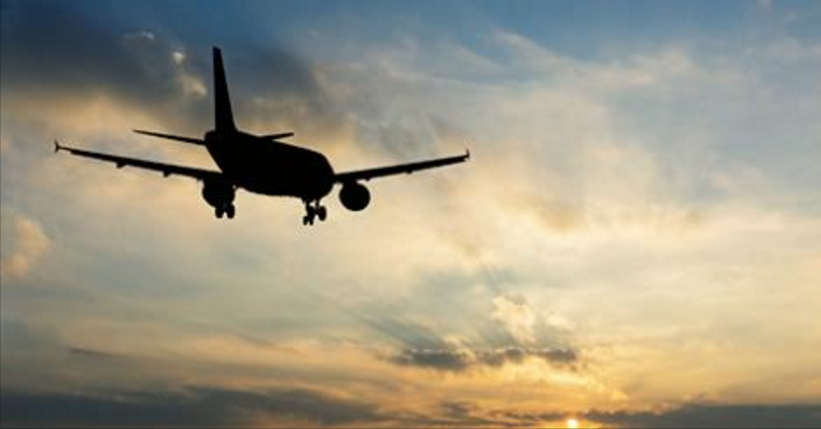
As part of its Blueprint for Noise Reduction, Heathrow Airport will, from 16 September, allow certain aircraft to increase the angle they fly as they approach the runway from the international standard of 3 degrees to a trial 3.2 degree.
The British Airline Pilots’ Association (BALPA) has welcomed any initiative that reduces the impact of aviation in terms of noise and pollution, but the Association has also stated concerns that this scheme could possibly increase noise for Heathrow’s neighbours rather than reduce it.
Flying a 3.2 degree approach path in a modern airliner is not a problem in itself as most aircraft are certified for approaches in excess of this and pilots are more than capable of adjusting flying techniques to cater for it. However the steeper approach into Heathrow will be different from the accepted standard around the world. Pilots will need to be aware of how the increased angle will affect the handling of the aircraft and will have to adapt their flying to take it in to account.
When coming in to land an aeroplane must be at a specific height and speed and configured correctly when it reaches 1,000ft above the airfield. If it does not meet the criteria the landing must be aborted. According to BALPA, the adjustment to a steeper angle could mean an increase in the number of aircraft failing to meet the criteria and having to go around and begin the approach again. That would result in more noise, more pollution and an increase in workload for both air traffic controllers and pilots.
The Association also says the change will mean aircraft need to slow down earlier in their preparation for landing. Using speed brakes, lowering the undercarriage and using flaps to reduce speed could possibly increase the noise levels further out on the approach to the airport.
Steve Landells, a flight safety specialist at BALPA, said, “UK pilots want to use their millions of hours of flying time to work with airlines, airports and air traffic controllers to minimise pollution and noise, but pilots are concerned that this particular trial could in fact increase those problems.
“Most aircraft are certified for approaches in excess of 3.2 degrees and well-trained British pilots have the skills to tailor their flying to allow for the steeper angle. However deviating from the international standard will mean the approach to Heathrow is unusual and will fall outside a pilot’s everyday experience. They will need to use a selection of skills from their flying toolkit to adapt their approach. BALPA wants to ensure pilots are well rehearsed in the changes and offered appropriate information and training to counter any problems.
“The aim of the change is to reduce noise, but a steeper approach may actually add to the problem. For example some aircraft may now have to use full flaps for landings which will increase noise due to higher power settings required to counter the extra drag.
“For any trial to produce meaningful data there needs to be a representative sample taken. BALPA looks forward to seeing how many different aircraft and airlines take part in this trial. Pilots are keen to work with the aviation industry to help find ways to reduce noise impact, and look forward to analysing the results.”